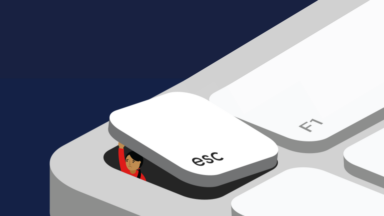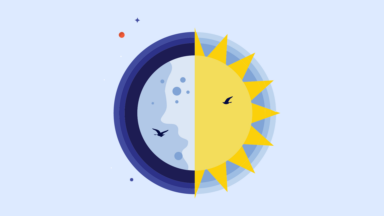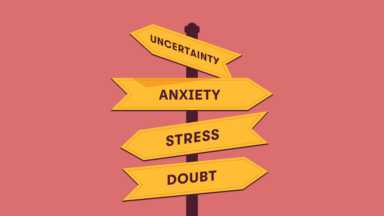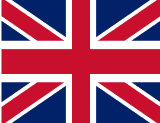
Recovering from a stroke is a journey that comes with various challenges, and one of the often overlooked issues is sleep disturbances. If you or a loved one has experienced a stroke, understanding the relationship between stroke and sleep is crucial for a smoother recovery. In this blog post, we will explore the common sleep problems that can occur after a stroke and provide insights on how to manage them effectively. Restful sleep is an essential part of the healing process, and knowing how to address sleep issues can significantly improve your overall well-being.
Sleep Disturbances After a Stroke
A stroke can disrupt the brain’s normal functioning, which can impact sleep in several ways. Two-thirds of stroke survivors have a condition known as sleep-disordered breathing (SDB), which is characterised by abnormal breathing patterns that interrupt your sleep during the night. As a result of this, you may feel extremely tired and nap during the day, disturbing your body’s circadian rhythm.
Insomnia: Difficulty falling asleep or staying asleep is a common issue after a stroke. This can be due to physical discomfort, anxiety, or changes in the brain’s sleep-regulating functions.
Sleep Apnoea: Stroke survivors are at a higher risk of developing sleep apnoea, a condition where breathing stops and starts repeatedly during sleep. This can lead to disrupted sleep patterns and fatigue.
Restless Leg Syndrome (RLS): Some stroke survivors may experience RLS, a condition characterised by an uncontrollable urge to move the legs, often accompanied by unpleasant sensations or pain. This can make it harder to fall asleep, leaving you tossing and turning in bed at night.
Excessive Daytime Sleepiness: Stroke-related fatigue and sleep disturbances can result in excessive daytime sleepiness, affecting one’s quality of life and daily activities.
Strategies for Managing Sleep Disturbances After a Stroke
Speak to your Doctor: If you have had a stroke, it’s important to discuss your sleep issues with your GP. They can assess your condition and recommend appropriate treatments.
Medication and Therapies: Depending on the specific sleep problem, medications or therapies such as Cognitive-Behavioural Therapy for Insomnia (CBT-I) may be recommended. CBT-I is an evidence-based therapy that helps you identify and change thoughts and behaviours that contribute to sleep problems. It’s highly effective in treating insomnia. It helps change negative thought patterns and behaviours related to sleep. Sleepio is a CBT-I treatment that works with you to develop a personalised insomnia treatment plan, empowering you to challenge negative thought patterns, establish healthy sleep habits, and enjoy restful nights of sleep.
Sleep Hygiene: Good sleep hygiene practices, like maintaining a consistent sleep schedule and creating a comfortable sleep environment, can promote better sleep quality.
Manage Sleep Apnoea: If sleep apnoea is a concern, a Continuous Positive Airway Pressure (CPAP) machine or other treatments may be prescribed to maintain continuous airflow during sleep.
Physical Activity: Engaging in regular, gentle physical activity can help alleviate sleep disturbances and improve overall well-being.
Mindfulness and Relaxation Techniques: Practices like mindfulness meditation and progressive muscle relaxation can reduce stress and anxiety, aiding in better sleep.
Sleep disturbances after a stroke are a common challenge. Recognising these issues and seeking help from your GP is a crucial step toward better sleep and overall recovery. Whether you’re dealing with insomnia, sleep apnoea, RLS, or excessive daytime sleepiness, there are strategies and treatments available to improve your sleep quality and well-being. Restful sleep is an essential part of your stroke recovery journey, and understanding how to manage sleep disturbances is a key component of that process.

Here’s our latest

How Does Blue Light From Screens Affect My Sleep?
In our fast-paced, 24/7 world, screens have become an integral part of our lives. From smartphones and tablets to computers…

Alzheimer’s and Sleep Changes
Alzheimer’s disease is a challenging journey for both patients and their families. In addition to memory and cognitive changes, Alzheimer’s…

Cancer and Sleep
Hearing the words “you have cancer” affects more than just your physical health. People living with cancer say that poor…


